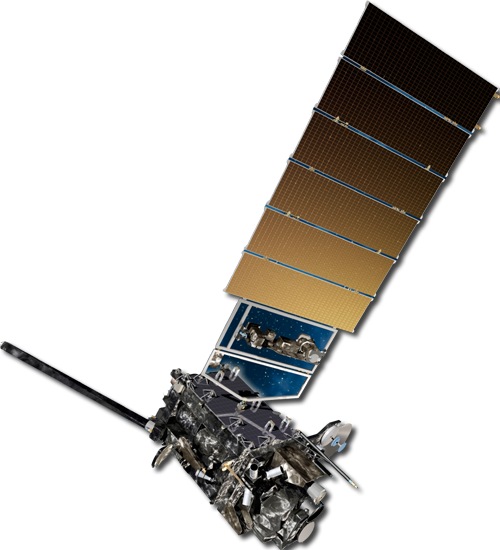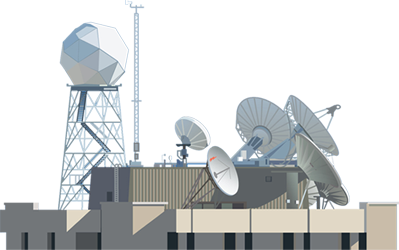Satellite Images

Summary
By combining information from visible, IR and water vapor images, scientists can obtain a very thorough understanding of the Earth and our atmosphere from satellite images. Not only can clouds and storms be monitored, clear-air phenomena such as turbulence or instability are readily detectable with 21st century satellite technology. Features such as fog or ice that may be hard to see in a single satellite image, especially when snow cover is present, are also easily discernable when current high-resolution satellite images are combined or contrasted with each other.
Besides locating and monitoring atmospheric events, satellite images allow us to detect forest fires, dust storms, volcanic emissions, aerosols, and icebergs. Forest fires in remote areas are often seen on a satellite image before they are discovered from the ground!
Researchers routinely monitor land and sea surface temperatures via satellites by combining different types of images with satellite sounder data. Computer enhancement or colorization often aids interpretation of image combinations. Computers facilitate contrasting and comparing of images. Not surprisingly, if we didn't have computers to process satellite data we would not be able to fully utilize the breadth and depth of information available from satellite images.
| 15 / 15 | Next Module |





